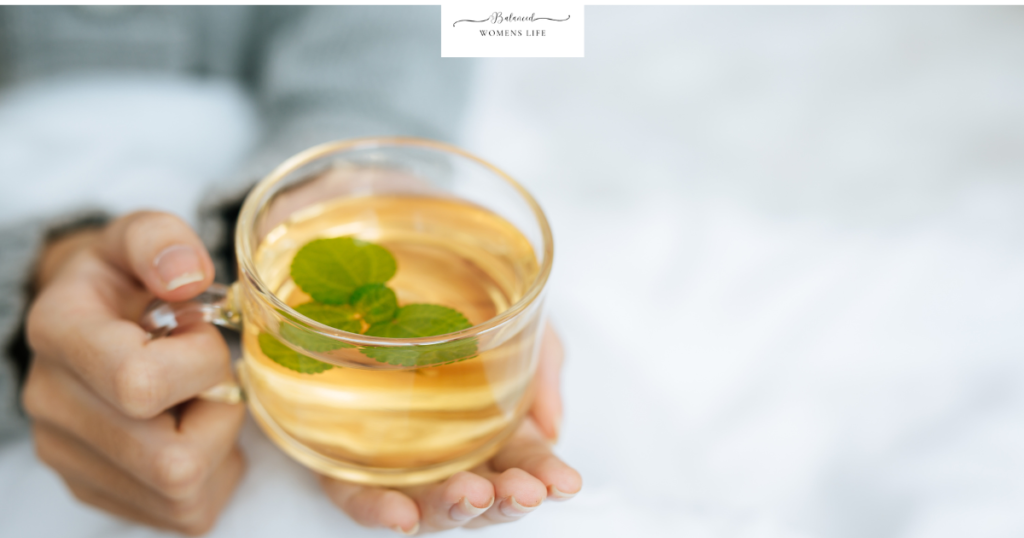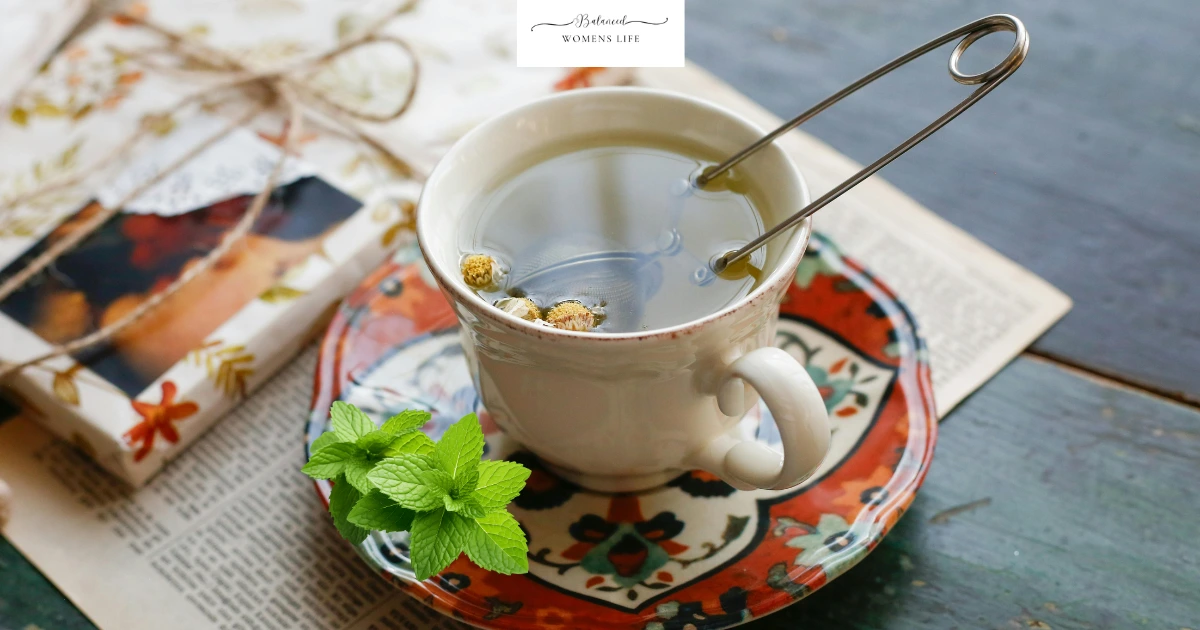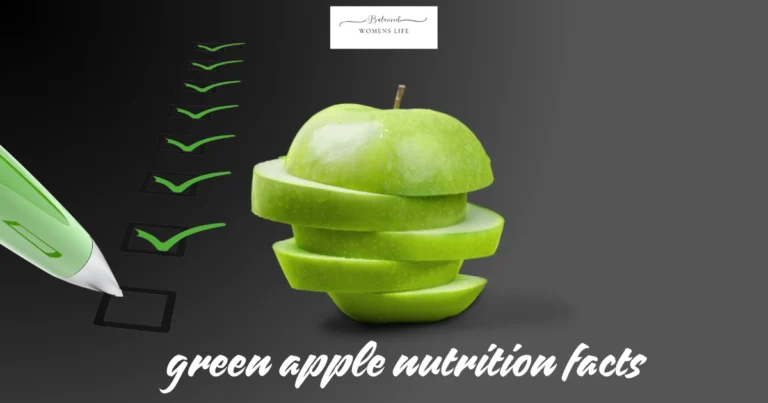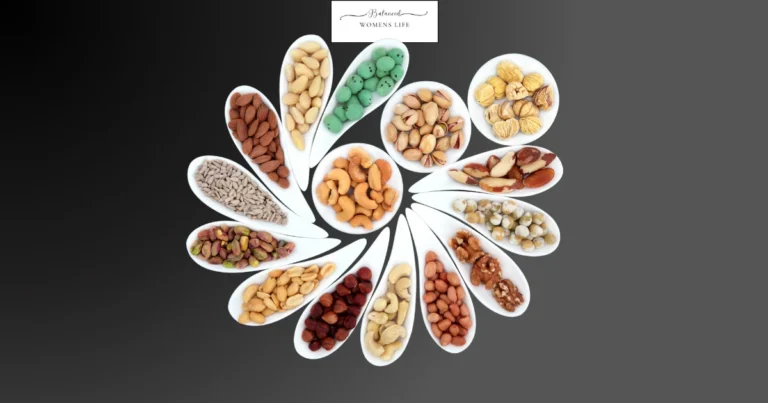Mint Tea Magic: Sip Your Way to Serenity
Unveiling the Magic: The Soothing World of Mint Tea
Mint tea, a fragrant and refreshing infusion, is more than just a beverage; it’s a pathway to serenity. For centuries, cultures around the globe have cherished mint tea for its invigorating flavor and therapeutic properties. In today’s fast-paced world, taking a moment to sip your way to serenity with mint tea is a simple yet profound act of self-care. Let’s delve into the magic of mint tea and explore its many benefits.
Mint Tea: A Symphony of Flavor and Wellness
Mint tea isn’t just a single entity; it’s a diverse category with various types, each offering a unique twist on the classic minty experience. The two most popular types of mint used in teas are peppermint and spearmint.
- Peppermint Tea: Known for its bold, cooling flavor, peppermint tea is often associated with digestive relief and invigorating the senses257.
- Spearmint Tea: With a milder, sweeter taste, spearmint tea offers a gentler experience and is often linked to hormonal balance benefits, particularly for women3.
Both varieties are naturally caffeine-free, making them an excellent choice for any time of day5. Beyond the specific type of mint, the preparation method and additional ingredients can further enhance the tea’s flavor and benefits.
The Science-Backed Benefits of Mint Tea
While the anecdotal evidence for mint tea’s benefits is plentiful, scientific research is increasingly validating these claims. Several studies have explored the properties of mint, particularly peppermint, and its impact on various aspects of health.
- Digestive Relief: Peppermint tea is well-known for its ability to ease digestive discomfort256. Studies suggest that it can relax the digestive system, relieve bloating and indigestion, and even alleviate symptoms of irritable bowel syndrome (IBS)26. A review of nine studies involving 726 people with IBS found that peppermint oil (a concentrated form of the compounds in peppermint tea) provided significantly better symptom relief than a placebo6.
- Headache Relief: The aroma of peppermint has been shown to help open nasal passages and relieve tension headaches27. Menthol, a key component of peppermint, possesses anti-inflammatory and antioxidant properties that may also contribute to headache relief2.
- Antimicrobial and Antiviral Activity: Research indicates that peppermint exhibits antimicrobial and antiviral properties, which could help combat certain infections14.
- Hormonal Balance (Spearmint Tea): Spearmint tea has shown promise in helping to regulate hormone levels, particularly in women with polycystic ovary syndrome (PCOS)3. Studies have found that spearmint tea can help reduce testosterone levels and increase levels of luteinizing hormone (LH) and follicle-stimulating hormone (FSH), which may improve some of the symptoms associated with high testosterone3.
- Antioxidant Power: Mint leaves are rich in antioxidants, which help protect the body against damage from free radicals123. These antioxidants contribute to overall health and well-being, potentially reducing the risk of chronic diseases3.

Mint Tea’s Nutritional Profile: What’s in Your Cup?
While mint tea is primarily valued for its essential oils and their therapeutic effects, it also contains small amounts of vitamins and minerals23.Here’s a general overview of the nutritional content you might find in a cup of mint tea:
| Nutrient | Amount (approximate) |
|---|---|
| Vitamin C | Trace amounts |
| Antioxidants | Present |
| Anti-inflammatories | Present |
| Other Vitamins/Minerals | Trace amounts |
It’s important to note that the exact nutritional content can vary depending on the type of mint, the brewing method, and the strength of the tea23.
Brewing Your Own Mint Tea Magic: A Simple Guide
Creating your own cup of mint tea magic is incredibly easy. Here’s a step-by-step guide:
- Gather Your Ingredients: You’ll need fresh mint leaves (peppermint or spearmint) or dried mint tea bags, hot water, and any optional additions like honey, lemon, or ginger.
- Prepare the Mint: If using fresh mint leaves, rinse them thoroughly. You can gently crush the leaves to release more of their essential oils.
- Steep the Tea: Place the mint leaves or tea bag in a mug. Pour hot (but not boiling) water over the mint.
- Let it Infuse: Allow the tea to steep for 5-10 minutes, depending on your desired strength.
- Strain and Serve: Remove the mint leaves or tea bag. Add honey, lemon, or any other desired additions to taste.
- Enjoy the Serenity: Find a quiet spot, take a deep breath, and savor the soothing experience of your mint tea.
FAQ: Answering Your Questions About Mint Tea
- Q: Is mint tea safe to drink every day?
- Q: Can mint tea help with sleep?
- A: While not definitively proven, mint tea’s caffeine-free nature and relaxing properties may promote better sleep5.
- Q: Does mint tea have any side effects?
- A: Peppermint tea can sometimes worsen gastroesophageal reflux disease (GERD) in some individuals2. In rare cases, some people may experience allergic reactions to mint.
- Q: Can I drink mint tea during pregnancy?
- A: It’s best to consult with your doctor before drinking mint tea regularly during pregnancy, as some herbs can have potential effects.
- Q: Where can I buy quality mint tea?
- A: You can find mint tea at most grocery stores, health food stores, and online retailers. Look for organic and reputable brands to ensure the best quality.
Mint Tea: Your Daily Dose of Serenity
In a world filled with stress and constant demands, finding moments of peace and tranquility is essential. Mint tea offers a simple yet powerful way to carve out those moments and nurture your well-being. With its delightful flavor, impressive health benefits, and ease of preparation, mint tea is a true gift from nature. According to a recent survey, 65% of tea drinkers cite relaxation as the primary reason for enjoying herbal teas like mint tea. So, embrace the magic of mint tea, sip your way to serenity, and discover the joy of a truly soothing experience.







